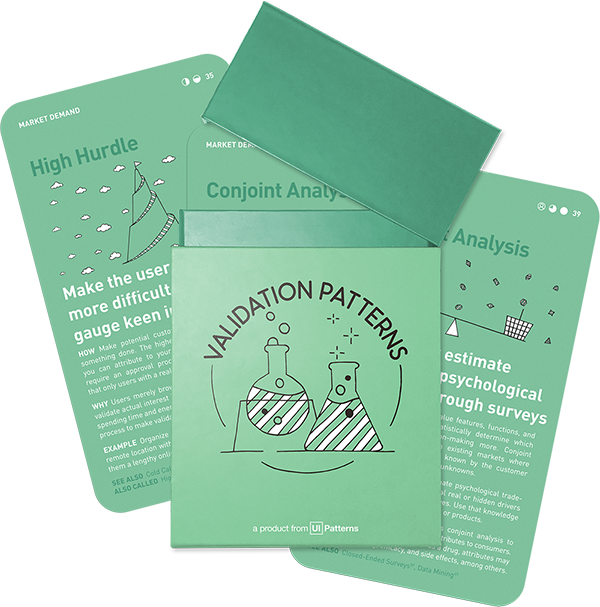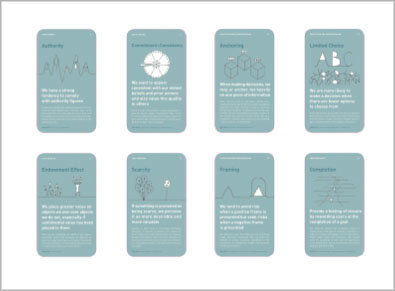Idea Validation: Market demand, Product, Willingness to pay
One Night Stand
Probe demand with a temporary working solution

How: Create a complete service experience without the infrastructure required by a permanent solution, and in an extremely narrow geographic scope and time frame, but in the same real-life situation where the product or service will be used.
Why: Avoid large infrastructure investment until validating market interest and actual use.
Validate in real-life before scaling up
When a specialized facility can be replaced in a trial for a temporary setup, you might want to consider conducting a one-night stand experiment, where you simulate the customer experience you want to end up with, but only for a limited time. The experiment is especially useful to validate large homogeneous markets before scaling up.
Examples of successful one-night stand experiments are:
- Rent a tent in a parking lot of an existing store
- Rent a stall or a kiosk in a farmers market or flea market
- Lease a retail location for only a few months (on purpose)
When to use One Night Stand experiments
This approach is particularly useful in the early stages of product development to assess market interest in a new idea or offering without committing to full-scale development.
For instance, a typical example could be a company testing a new product concept by setting up a temporary physical presence, like renting a tent in a parking lot or a stall at a farmers’ market. This allows them to gauge customer interest and gather feedback without the costs and commitments associated with establishing a permanent retail location.
Another application could be in digital product development, where a company might launch a temporary version of a digital product or feature online. This version would be used to collect user feedback and usage data, providing insights into whether the product meets market needs and how it could be improved.
Real life One Night Stand examples
Fruit of the Loom
Fruit of the Loom has been seen to rent unused retail spaces in London and Berlin – both with four-month short leases to test consumer appeal with a new garment.
Source: Fruit of the Loom is ‘Pretotyping in a Pop-up’ to Concept Test Premium Brand
Glossier
Initially an online-only skincare and beauty brand, Glossier has hosted numerous pop-up experiences, such as the 2015 Summer Fridays Showroom in New York and a greenhouse-inspired pop-up in Seattle in 2019. These pop-ups allowed Glossier to showcase its products in unique settings and gather valuable customer feedback.
The Hello Kitty Cafe Truck
Leveraging the global recognition of the Hello Kitty brand, the Hello Kitty Cafe Truck started as a pop-up concept and has since evolved into permanent locations. The initial pop-up truck toured various U.S. cities, generating excitement and gauging customer interest.
Adidas
In 2019, Adidas launched a retro-style shoe with an interactive pop-up shop in New York. The pop-up featured a futuristic design with LED screens and projections, creating an immersive experience for visitors and helping the brand validate market interest in the new product.
A collection of 60 product experiments that will validate your idea in a matter of days, not months. They are regularly used by product builders at companies like Google, Facebook, Dropbox, and Amazon.
Get your deck!Related plays
- Pretotyping – Techniques for Building the Right Product by Sean Murphy

